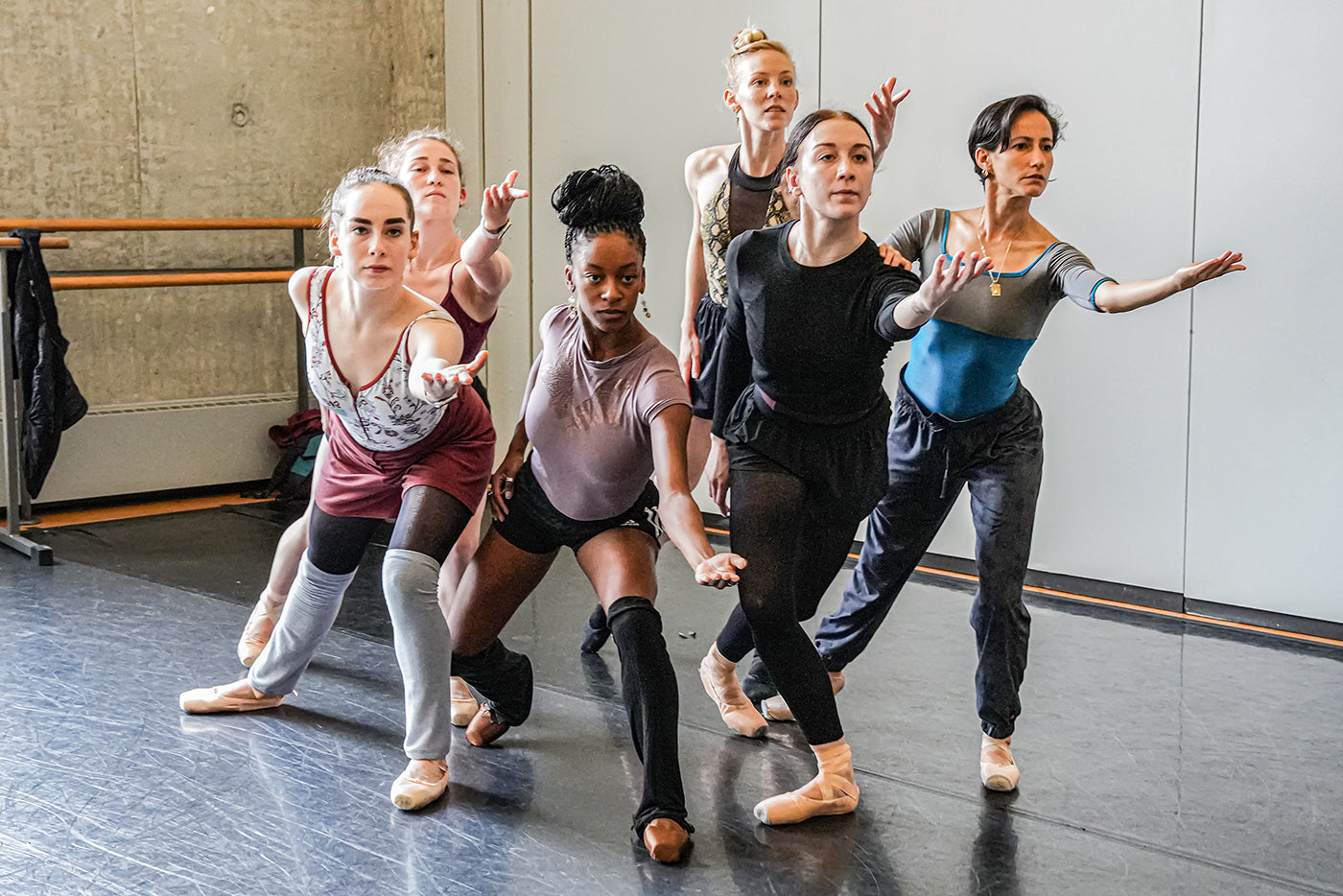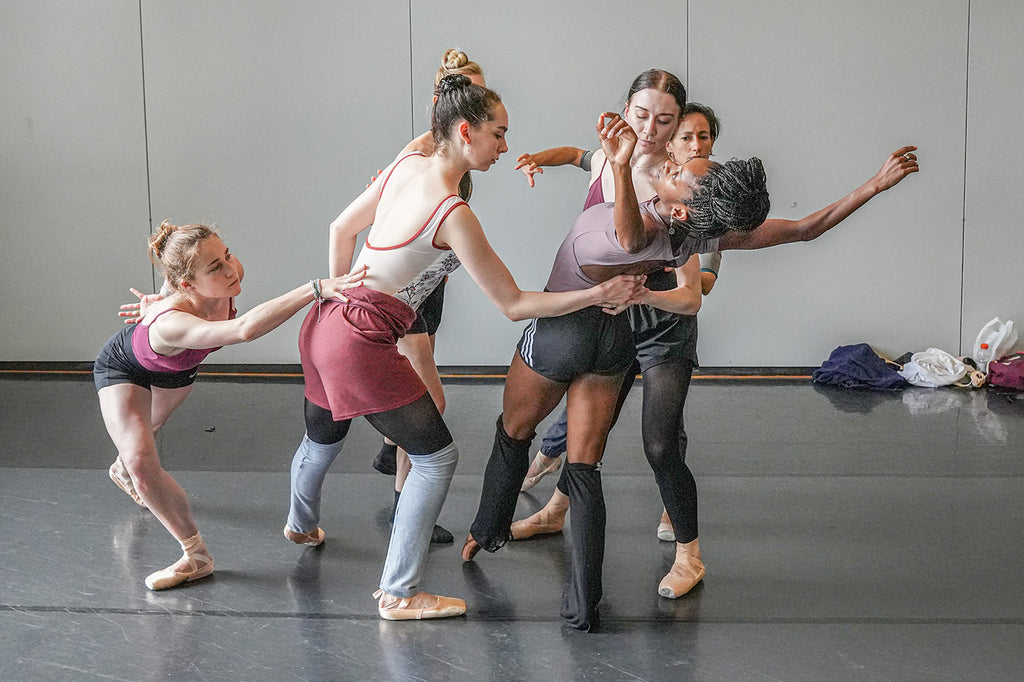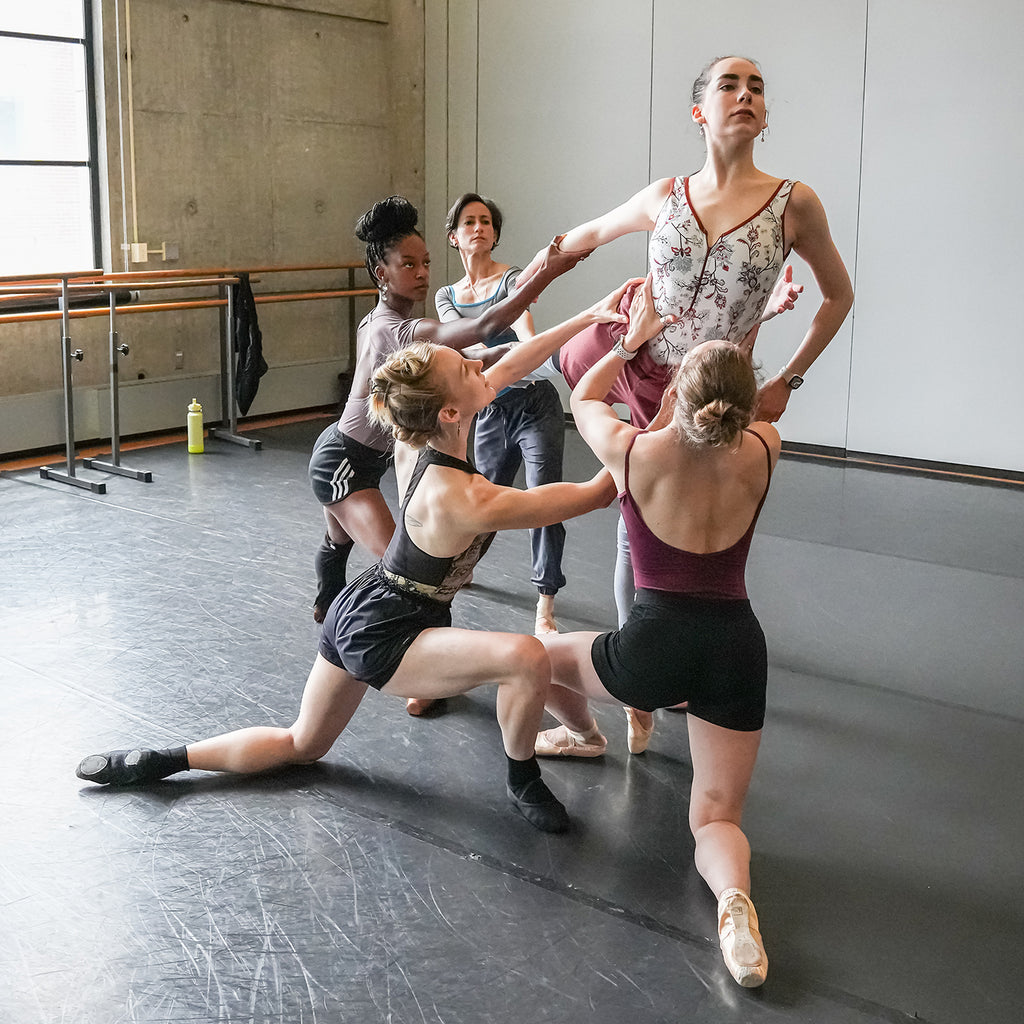Christmas Baddies
Between New York City Ballet’s “George Balanchine’s The Nutcracker®” and “The Magic Flute” at the Metropolitan Opera, it’s hard to compete with the Upper West Side’s holiday kid offerings.
Continue Reading
World-class review of ballet and dance.
Pre-pandemic, queerness and ballet were two terms not often put together. So, when choreographer Adriana Pierce started bringing a community of queer-identifying people together on Zoom—cis women, trans people of all genders, and nonbinary dancers—it felt like a watershed moment for many of them. Those virtual gatherings would morph into Queer the Ballet, an initiative dedicated to broadening the scope of ballet narratives.
“A lot has changed in the past few years,” said Pierce, who is QTB’s founder and artistic director. “I remember when the first Guardian article came out about Queer the Ballet and if you Googled ‘queer ballet’ then, there wasn't that much on the internet. And now, so much! I'm proud of that and I'm proud of the hand that we had in that.”



Between New York City Ballet’s “George Balanchine’s The Nutcracker®” and “The Magic Flute” at the Metropolitan Opera, it’s hard to compete with the Upper West Side’s holiday kid offerings.
Continue ReadingThe Sun King not only invented ballet in its modern form but in 1713 also founded the oldest ballet academy in the world.
Continue ReadingThe Choreographic Platform Austria (CPA) held in Salzburg from 20–22 November 2025, has become a biennial focal point for contemporary dance in Austria.
Continue ReadingIt’s “Nutcracker” season at San Francisco Ballet—36 performances packed into three weeks—which means that the company is currently serving two distinct audiences.
Continue Reading
comments